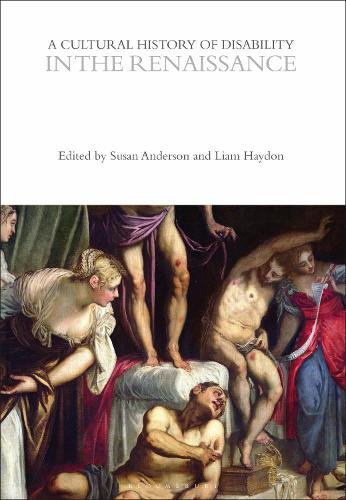
A Cultural History of Disability in the Renaissance
(Paperback)
Available Formats
Publishing Details
A Cultural History of Disability in the Renaissance
By (Author) Dr Susan Anderson
Edited by Dr Liam Haydon
Bloomsbury Publishing PLC
Bloomsbury Academic
16th May 2024
United Kingdom
Classifications
Tertiary Education
Non Fiction
Literary studies: c 1600 to c 1800
Literary studies: c 1400 to c 1600
305.90809409
Physical Properties
Paperback
216
Width 170mm, Height 244mm, Spine 10mm
420g
Description
In Renaissance humanism, difference was understood through a variety of paradigms that rendered particular kinds of bodies and minds disabled. A Cultural History of Disability in the Renaissance, covering the period from 1450 to 1650, explores evidence of the possibilities for disability that existed in the European Renaissance, observable in the literary and medicinal texts, and the family, corporate, and legal records discussed in the chapters of this volume. These chapters provide an interdisciplinary overview of the configurations of bodies, minds and collectives that have left evidence of some of the ways that normativity and its challengers interacted in the Renaissance. An essential resource for researchers, scholars and students of history, literature, culture and education, A Cultural History of Disability in the Renaissance explores such themes and topics as: atypical bodies; mobility impairment; chronic pain and illness; blindness; deafness; speech; learning difficulties; and mental health.
Author Bio
Susan Anderson is Principal Lecturer and Deputy Head of English at Sheffield Hallam University, UK. Liam Haydon is an International Development Policy Manager at United Kingdom Research and Innovation. Previously he was Lecturer in History at the University of Kent, UK.
